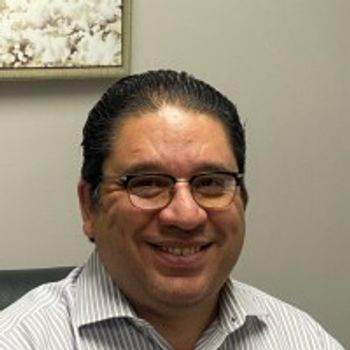
|Slideshows|July 22, 2016
6 Strategies to Prevent Physician Burnout
Author(s)Eva Szigethy, MD, PhD
Once a health care professional has reached a chronic stage of burnout, lives may be at stake. But prevention and treatment are possible.
Advertisement
To view the slides with text in PDF format, click here.
Newsletter
Receive trusted psychiatric news, expert analysis, and clinical insights — subscribe today to support your practice and your patients.
Advertisement
Latest CME
Advertisement
Advertisement
Trending on Psychiatric Times
1
Competence and Compassion in the Reiner Family Tragedy
2
Religion and Spirituality in Psychiatry and Mental Health: Clinical Considerations
3
Nature Nurtures: Evidence for Nature’s Impact on Mental Well-Being
4
Continuing Conversations in Lifestyle Psychiatry
5













